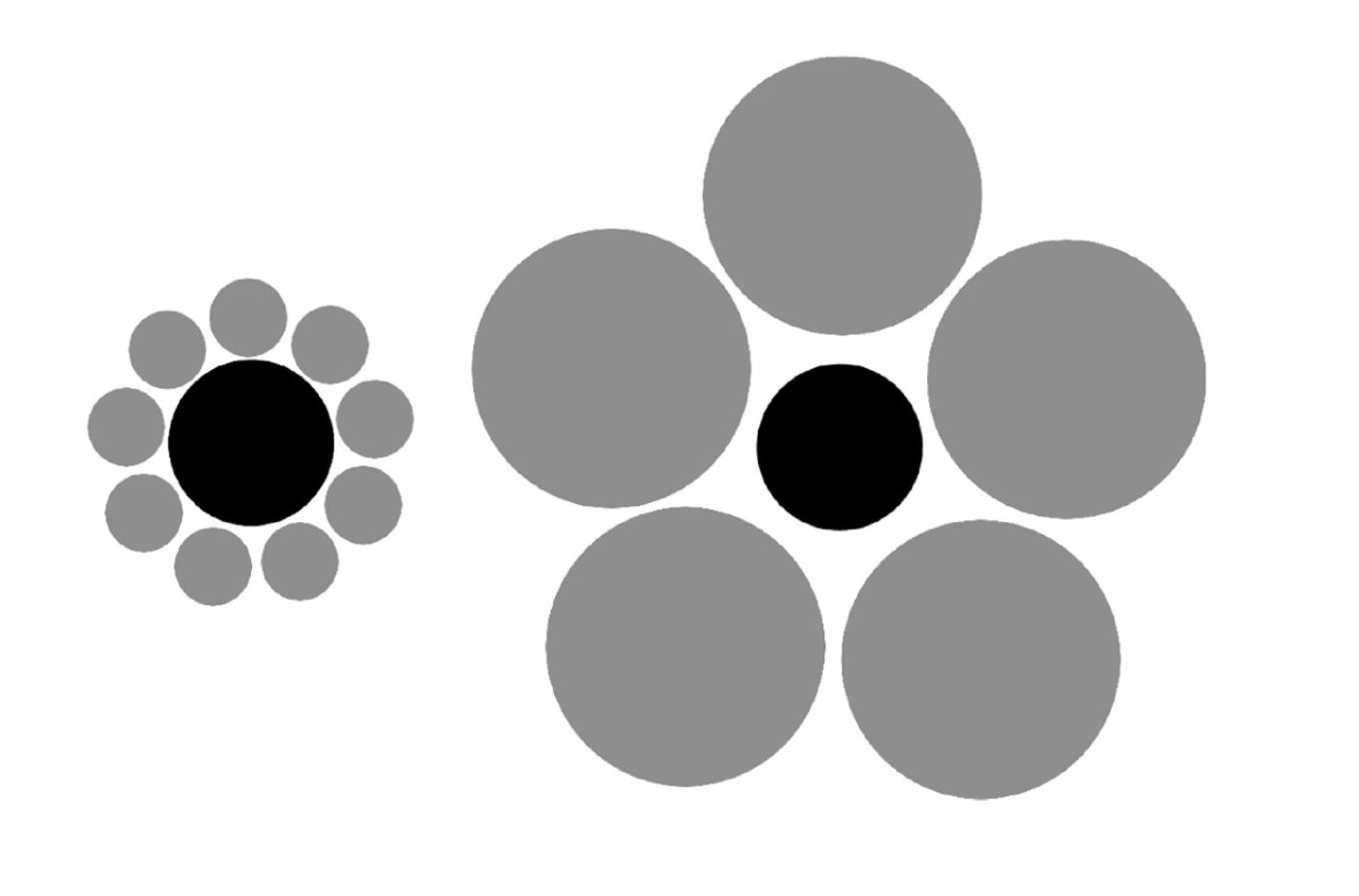In a recent post I told you the story of my friend Patrick who faced the request of a customer not aware of the price oh his high-end services. This turned into a very frustrating experience for both.
In today’s post I’d like to come back on this story and digs a little bit deeper into one of the most difficult market research problems : pricing. Pricing has always been a challenge (at least to me) and even more so when it comes to studying pricing for an innovative product or service. How do you set the right price for a product or service that customers have never seen before ?
I love this example given by Dan Ariely in his book Predictably Irrational :
The interesting thing about black pearls is that when they were first introduced to the market there was essentially no way to gauge how much they were worth: were they worth more or less than white pearls? Most people instinctually believed that white pearls were still more desirable. But then the black pearl discoverers had an lucrative insight: take these unfamiliar black pearls to a famous jeweler and have them displayed next to the more precious gems: rubies, sapphires, and so on. The result still lives with us today: black pearls are now worth more than white pearls.
This example (and many others) tells us that consumers need a referential to assess whether or not something new might be of interest to them. This simplifies very much the market research assignment when it comes to pricing of a new disruptive product or service. Because suddenly YOU are able to reasonably define the pricing you want by setting up the reference points for the consumer.
Dan Ariely has this amazing illustration in his book. Look at those two circles. Which one looks the smallest ? The one surrounded by bigger circles, right ? Yet both circles have exactly the same size.
This finding is just fascinating, isn’t it ? Behavioral economics also tells us that we, Humans, will keep taking our decisions based on this first referential we saw. There is a sort of “priming” effect. The referential will be anchored in our brain and we’ll keep using it again and again for further purchase decisions. You suddenly realize how manipulated we, consumers, can be.
Posted in Marketing.
